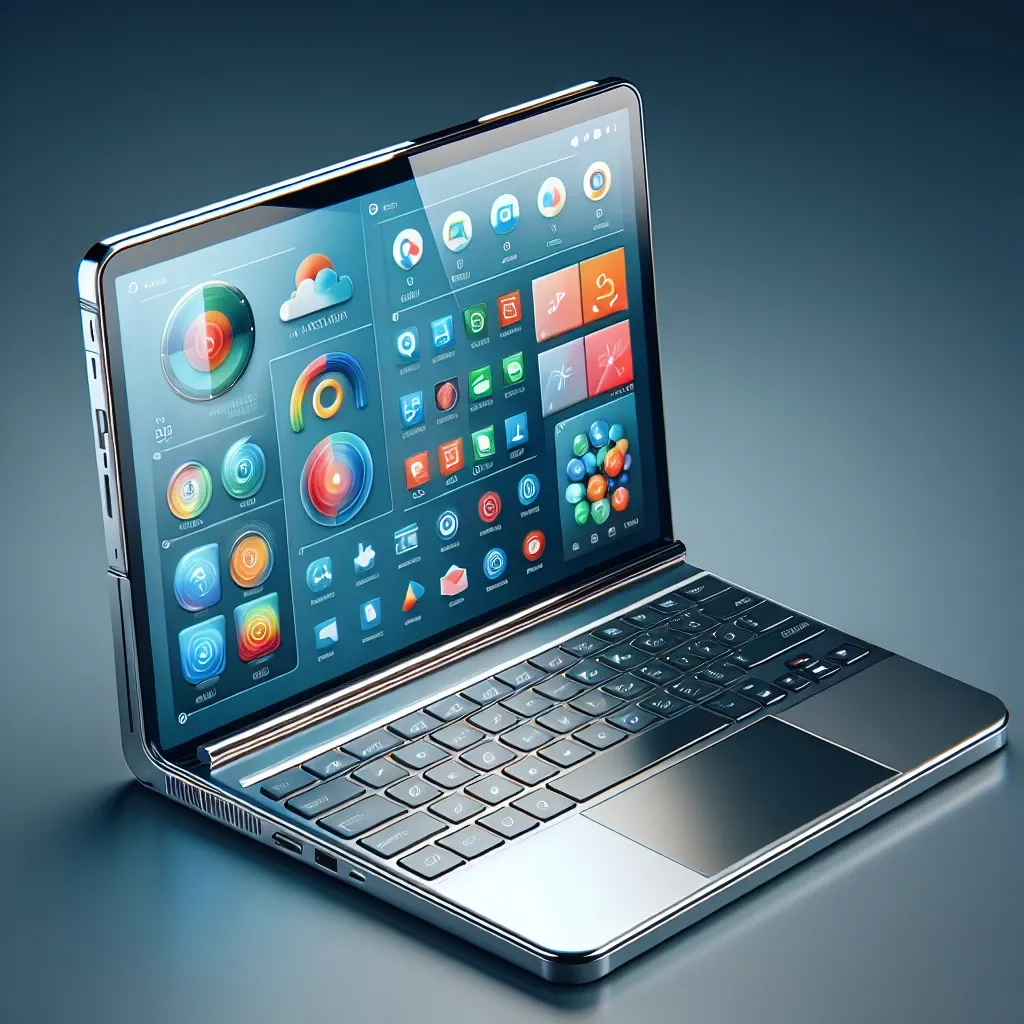Introduction
Samsung Brasil has recently unveiled exciting updates to its Galaxy Book series, integrating native Android functionality that promises to change the way users interact with their devices. The new enhancements not only aim to streamline workflows but also create a more cohesive ecosystem for Samsung users, allowing for greater connectivity between mobile and desktop environments. This article explores the implications of this expansion, including its historical context, key features, benefits, and future predictions.
Historical Context
The Galaxy Book series has been a cornerstone of Samsung’s push into the productivity space since its inception. Over the years, the series evolved from traditional laptops to versatile 2-in-1 devices. Samsung’s commitment to innovation has made it a leader in integrating cross-device functionality, and the latest expansion is the next logical step in that journey.
The Evolution of Samsung Galaxy Devices
Samsung has long been recognized for its advancements in mobile technology, with the Galaxy smartphone line setting industry standards for performance and user experience. The Galaxy Book line debuted as an attempt to merge the mobile and desktop experiences, and the new Android integration further solidifies this vision. With millions of users already familiar with Android through their smartphones, this integration provides a seamless transition to larger screens.
Key Features of the New Galaxy Book Line
The latest Galaxy Book models come equipped with a variety of features designed to enhance productivity and user experience:
- Native Android Integration: The biggest highlight is the native Android functionality, allowing users to run Android apps directly on their Galaxy Books without any third-party emulators.
- Multi-Device Connectivity: Users can easily switch between mobile and desktop devices, accessing files and applications across platforms.
- Enhanced Performance: With powerful processors and upgraded RAM, the new Galaxy Books are built to handle demanding applications, making them suitable for both professional and personal use.
- Improved Battery Life: Battery optimization techniques have been implemented to ensure longer usage times, making the devices perfect for on-the-go professionals.
Benefits of Native Android Integration
The integration of Android into the Galaxy Book line brings forth a multitude of benefits for users:
- Streamlined Workflow: With apps like WhatsApp, Slack, and others available natively, users can manage their tasks more efficiently.
- Access to a Vast App Ecosystem: Users can enjoy the full range of Android applications, from productivity tools to entertainment apps, all on a larger screen.
- Cross-Device Functionality: Features such as file sharing and notifications across devices enhance the overall user experience, allowing for a more integrated lifestyle.
Potential Drawbacks
While the native Android integration offers many advantages, it’s essential to consider potential drawbacks:
- App Compatibility Issues: Not all Android apps may function seamlessly on the larger screen or may lack the same functionality as on smartphones.
- User Learning Curve: Some users may find the transition from traditional Windows-based applications to Android apps challenging.
Future Predictions
As Samsung continues to innovate, the future looks promising for the Galaxy Book line. Here are a few predictions:
- Increased Cross-Platform Features: Samsung is likely to enhance interoperability between its devices, making it easier for users to transition between mobile and desktop.
- Expansion of App Ecosystem: Expect more developers to adapt their apps for the Galaxy Book as the device gains traction in the productivity space.
- Enhanced Security Features: As more users embrace the hybrid model, Samsung will likely implement advanced security protocols to protect user data across devices.
Real-World Examples
Several users have already begun to experience the benefits of the new Galaxy Books:
- A Freelance Graphic Designer: John, a freelance graphic designer, reports that he appreciates the ability to run his design software alongside productivity apps like Google Docs, all while being able to access files from his phone.
- A Business Executive: Maria, a business executive, enjoys the ease of conducting video conferences on a larger screen while having her emails and notes open side by side.
Cultural Relevance
In today’s fast-paced world, the demand for devices that seamlessly integrate into our lives has never been higher. Samsung’s expansion of the Galaxy Book line with native Android integration aligns perfectly with the growing trend of remote work and the need for flexibility. By bridging the gap between mobile and desktop, Samsung is positioning itself as a leader in the future of hybrid work.
Conclusion
The expansion of the Galaxy Book line with native Android integration marks a significant milestone for Samsung Brasil. By enhancing interoperability between devices and providing a more cohesive user experience, Samsung is not just selling a product but is also promoting a lifestyle that embraces efficiency and connectivity. As the technology landscape continues to evolve, Samsung’s commitment to innovation will likely keep it at the forefront of the industry.
Further Exploration
For those interested in learning more about the new Galaxy Book series and its features, the official Samsung website offers comprehensive information and updates. As users explore this new integration, it will be fascinating to see how the synergy between mobile and desktop expands in the coming years.







Deixe um comentário